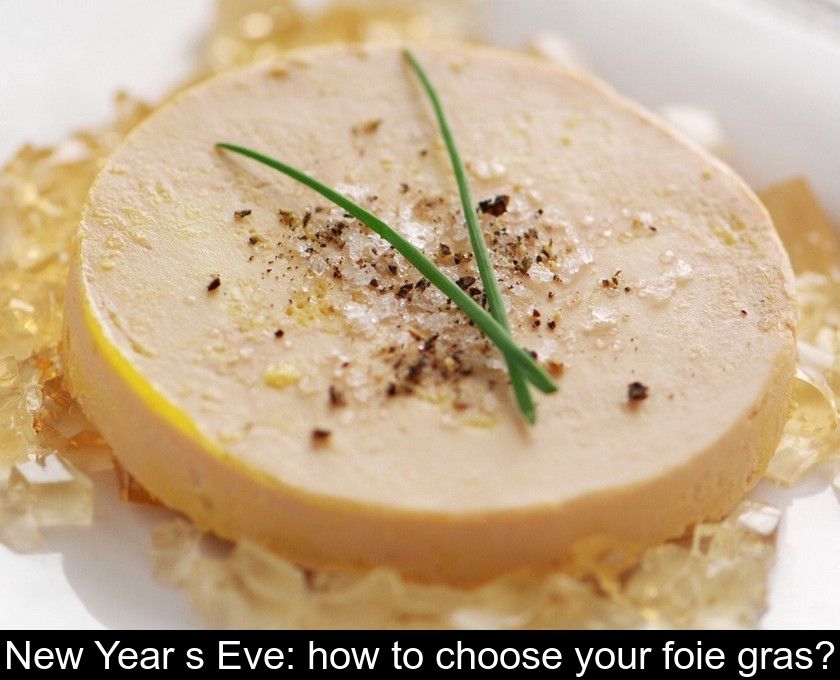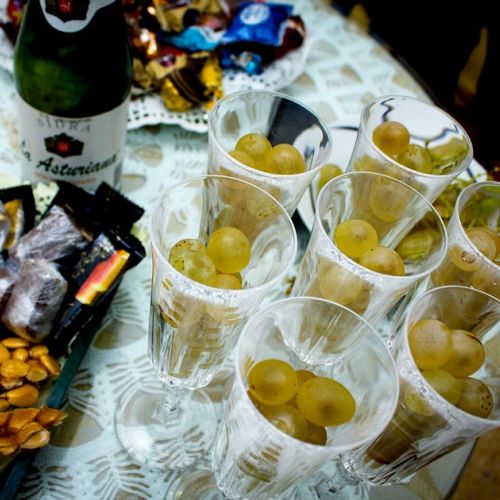New Year's Eve: How To Choose Your Foie Gras?
For the end of year celebrations, more than 70% of French people are planning to eat foie gras. But do you know how to buy this local product? Here is a short practical guide to choosing your foie gras.
Choose according to your taste... and your budget
If you are hesitating between goose or duck foie gras, be aware that goose foie gras is reputedly finer than duck.
The choice between the two is a matter of taste but also of budget.
Indeed, goose foie gras is more expensive. Less expensive to raise and force-feed than geese, ducks account for over 95% of French production.
In short, if you have a limited budget, prefer duck foie gras.
Compare compositions
In the foie gras department, there are different preparations that are subject to strict rules in order to protect consumers from possible deception.
First of all, a distinction should be made between products whose sole raw material is foie gras and those that are based on foie gras and other raw materials.
The first category is subdivided into three types of products:
- whole foie gras refers to a preparation consisting of a whole foie gras or several lobes of foie gras and a seasoning.
- the foie gras without further specification is a preparation composed of agglomerated pieces of lobes of foie gras and a seasoning
- block of foie gras is composed of reconstituted foie gras and a seasoning.
To note: when a block contains pieces of foie gras, the pieces must make up at least 30% of the product; the block with pieces is therefore the top-of-the-line version of the foie gras block.
In the second category, different preparations contain foie gras and other raw materials. The manufacturer must then indicate the percentage of foie gras in the composition.
These are called:
- parfait de foie de canard preparations containing at least 75% foie gras
- medallion, pâté, galantine or mousse of duck liver preparations containing at least 50% foie gras
- goose or duck liver pâté/preparation preparations containing at least 20% foie gras.
To be noted: each year, 7 out of 10 French people consume foie gras during the holiday season. This is why the DGCCRF (General Directorate for Competition, Consumer Affairs and Fraud Control) carries out regular checks on products containing foie gras to verify their composition.
Choose the labels
For foie gras, there is a protected geographical indication: PGI duck foie gras from the South West.
This PGI guarantees the geographical origin of the product at all stages of its manufacture, i.e. the breeding, slaughter and processing of foie gras.
There are also Label Rouge foies gras, a label guaranteeing a higher quality than other products of the same nature. Indeed, Label Rouge products are manufactured under precise conditions and according to very strict specifications.
Make your own foie gras
The last possibility is to make your own foie gras by cooking it yourself in a terrine or by frying it at the last moment.
It is quite easy to make and it is less expensive than buying an already processed foie gras.
It is then essential to use an extra fresh raw foie gras, weighing about 450 g to 500 g, and to prepare it quickly after purchase.





